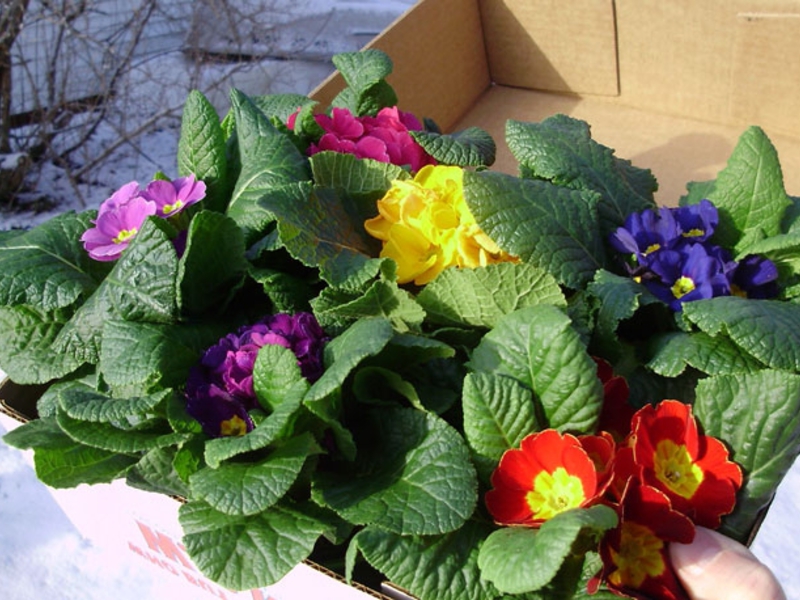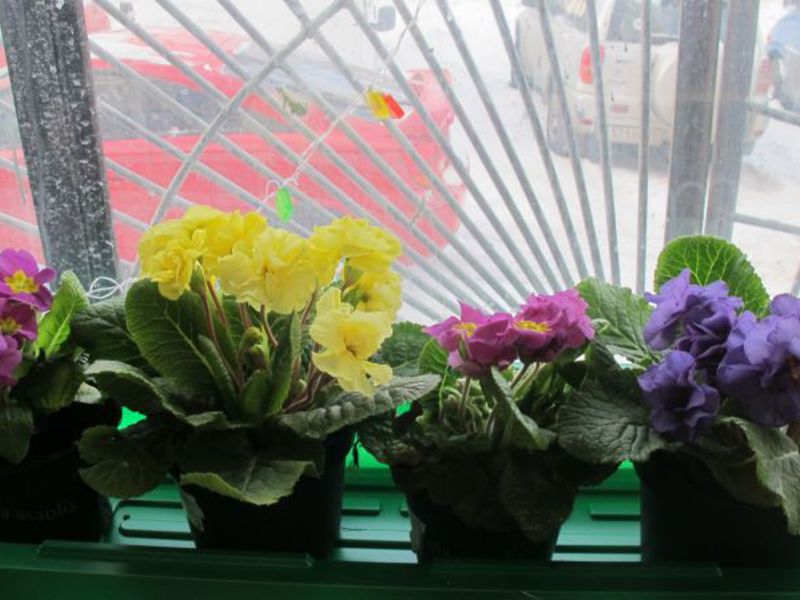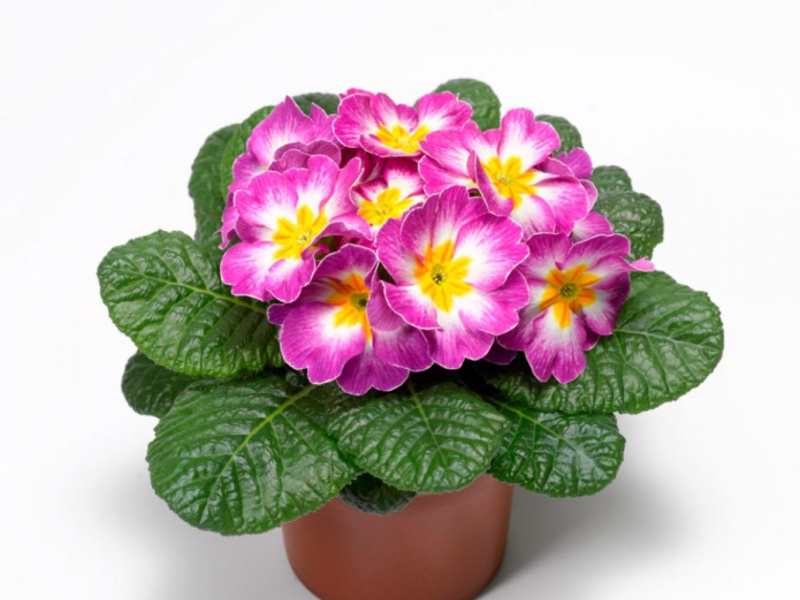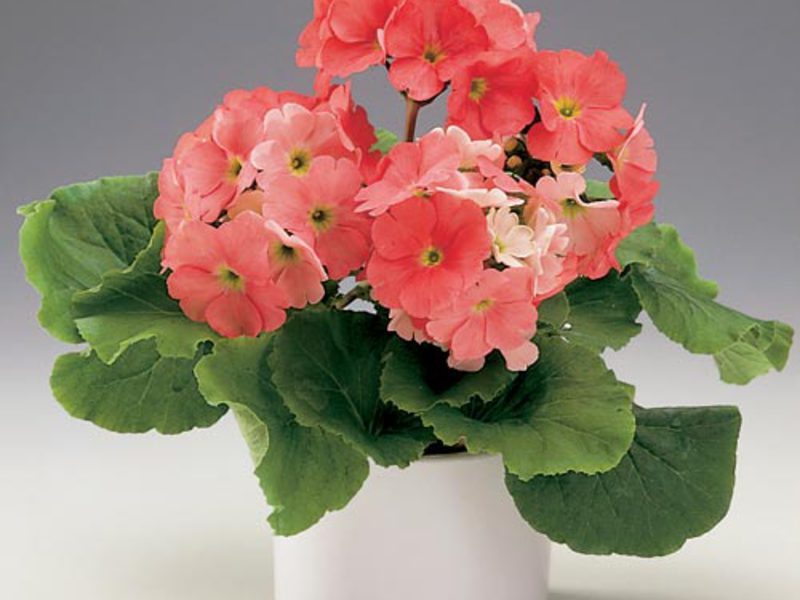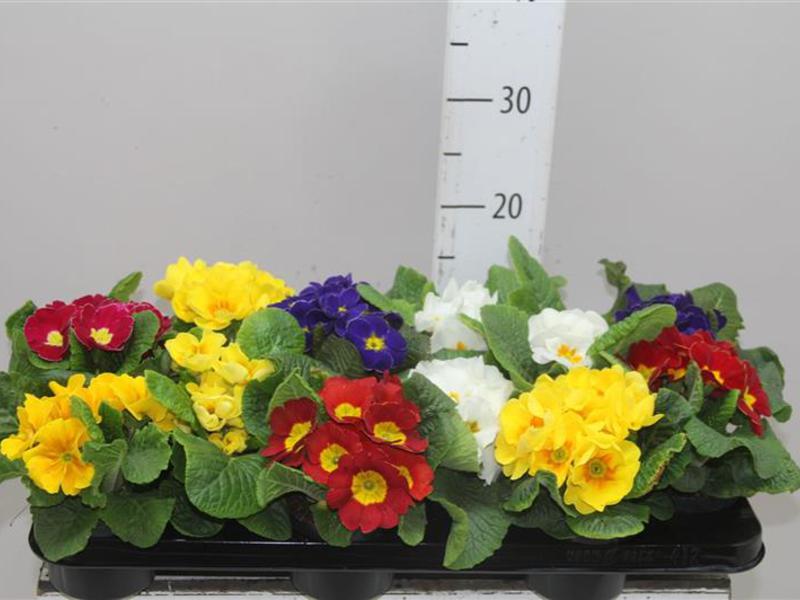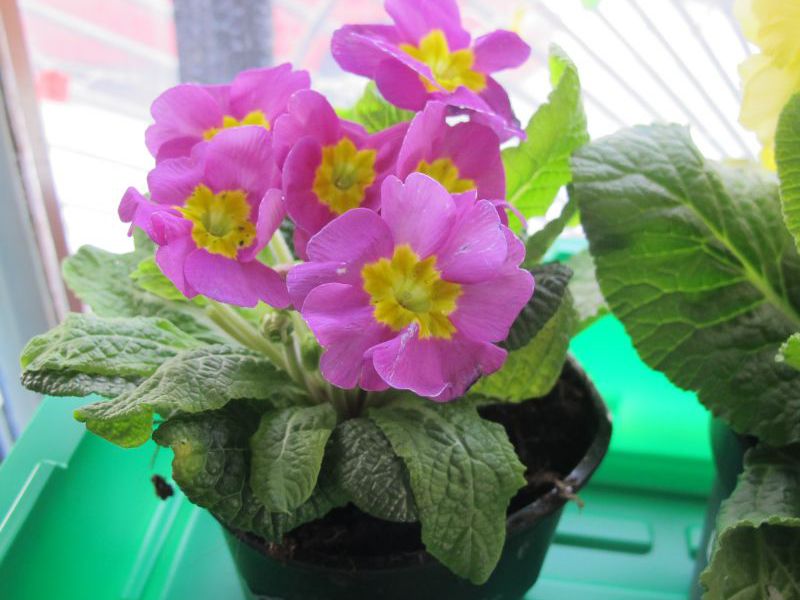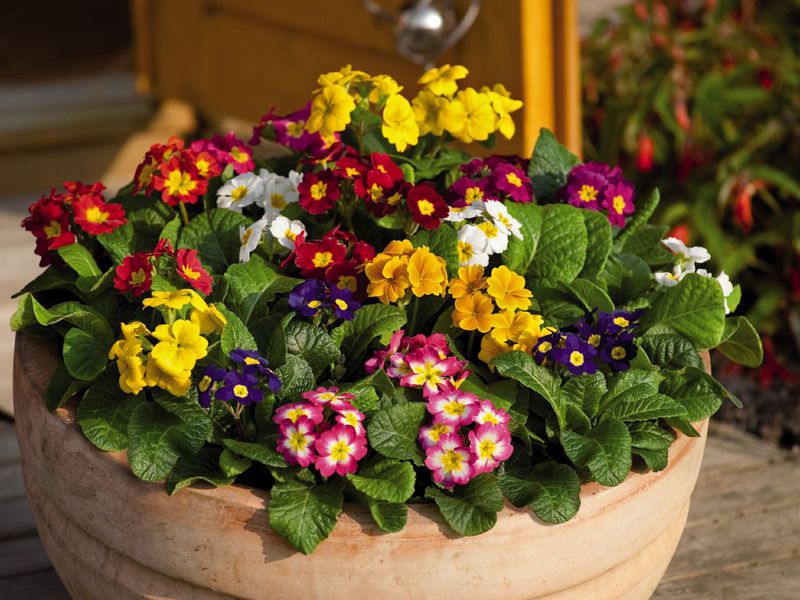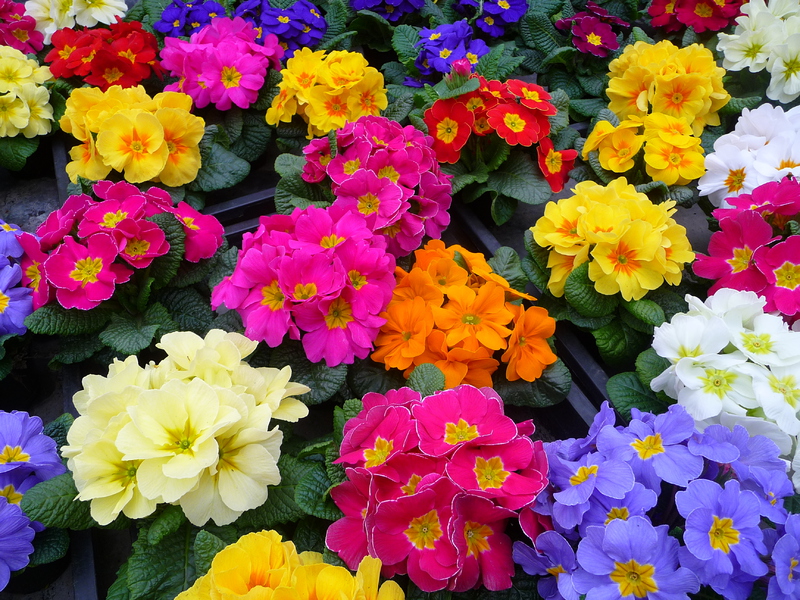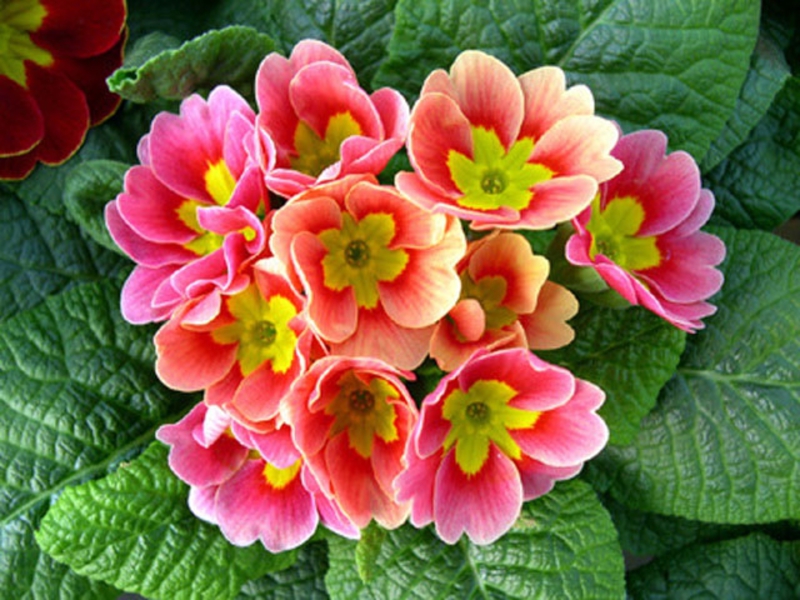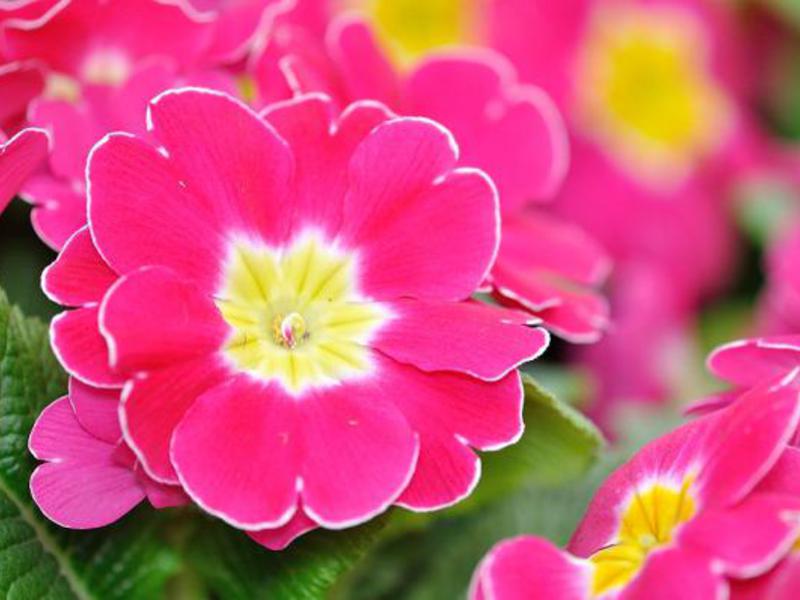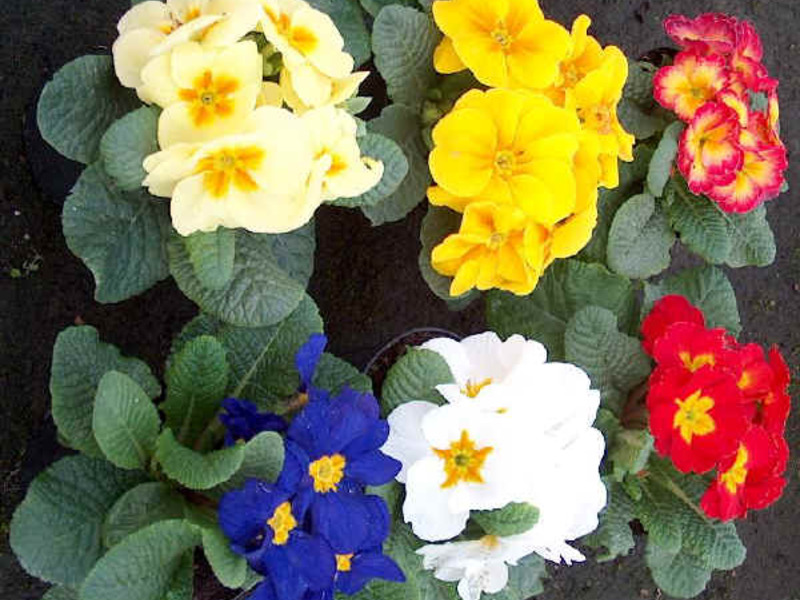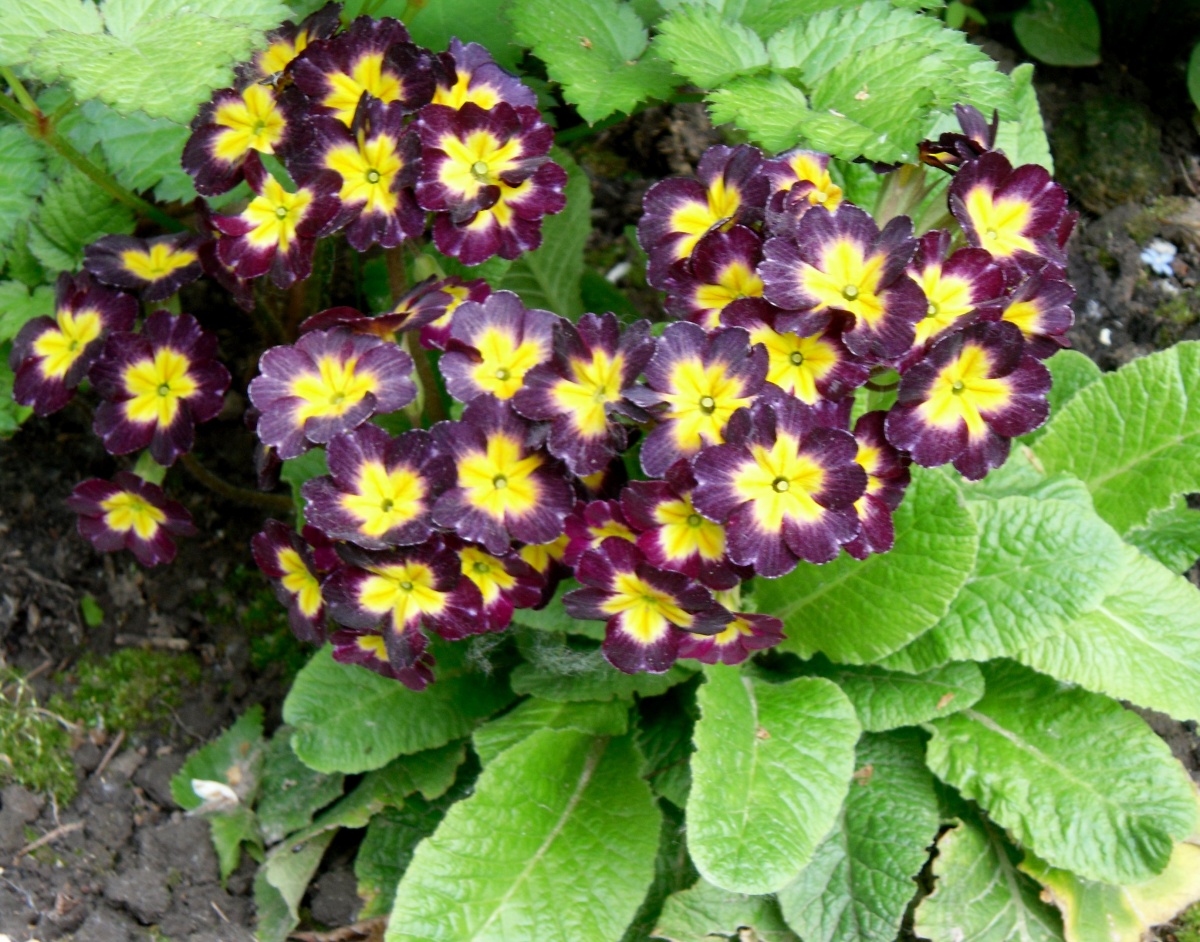For most of us, primrose is just a beautiful flower, but if you get to know her better, you can learn a lot of interesting things. This member of the primrose family grows in many places on the planet in various forms. If we turn to unofficial sources, then this genus includes 400-550 species. Moreover, every year new varieties of primrose are discovered.
Content
Primrose description
Most often, this plant is found in Asia, the Himalayas and Western China. In these places in vivo grows up to 300 plant species... The representation of primrose in Europe is 33 species, and in North America - 20 species. Only a few species are found on the African continent, South America and Arabia. There is one species that grows only on the island of Java - the imperial primrose (Primula imperialis).
The origin of the name of this plant is also interesting. If translated from Latin, otherwise it will sound like "first". It is difficult to disagree with this, because the primrose, earlier than most other plants, blooms its flowers in spring, effectively decorating the black ground, covered in some places with not melted snow. If you correctly approach the choice of primrose varieties, then this plant will delight with its bright flowers until mid-summer. There are also varieties of primrose in the genus that can bloom several times per season, making it possible to enjoy the buds not only in spring, but also in autumn.
Primrose akaulis mix - growing and care
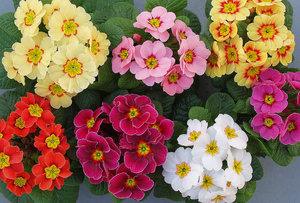 To find the right conditions for growing primula acaulis, it is necessary to proceed from their species and origin. Many primrose species do well only if they are provided with artificial shade at noon... Therefore, it is advisable to choose for her a site located among the trees, or a flower bed, on which the sun's rays fall in the morning. A rocky hill on which it is better to plant plants on the east, north or west side can also be a good place.
To find the right conditions for growing primula acaulis, it is necessary to proceed from their species and origin. Many primrose species do well only if they are provided with artificial shade at noon... Therefore, it is advisable to choose for her a site located among the trees, or a flower bed, on which the sun's rays fall in the morning. A rocky hill on which it is better to plant plants on the east, north or west side can also be a good place.
Watering
Particular attention should be paid to the irrigation regime, because primrose naturally occurs on moist soils. Therefore, a site should be chosen for it where it will be provided with a sufficient amount of moisture, but at the same time, water should not stagnate there. The greatest need for moisture in plants is observed in spring.
The soil
The success of primula acaulis cultivation depends largely on the quality of the soil. It should have a loose and nutritious structure and retain moisture well. Growing primrose on heavy clay soils is pointless, since it cannot grow there. All that a gardener can do for his part is to improve the quality of the soil by adding sand at the rate of one bucket per 1 sq. m. Instead, you can use vermiculite, chopped sphagnum moss... It is also useful to apply organic fertilizers in accordance with the scheme - up to 20 kg per 1 sq. m. You can also do otherwise: remove the top layer of soil 20 cm thick and put the prepared nutrient mixture there.
Top dressing
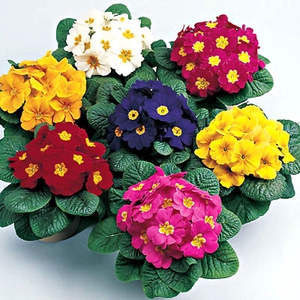 For primula acaulis, fertilizing with organic fertilizers is mandatory in areas where lungs, low-nutrient soils prevail. For these purposes, it is recommended to use decomposed humus, compost or leafy soil, weathered peat, thanks to which the earth will receive sufficient nutrients, as well as improve its structure and water regime. You can achieve lush flowering in the spring by feeding phosphorus, potash and nitrogen fertilizers.
For primula acaulis, fertilizing with organic fertilizers is mandatory in areas where lungs, low-nutrient soils prevail. For these purposes, it is recommended to use decomposed humus, compost or leafy soil, weathered peat, thanks to which the earth will receive sufficient nutrients, as well as improve its structure and water regime. You can achieve lush flowering in the spring by feeding phosphorus, potash and nitrogen fertilizers.
During the season, on the site where the primrose is grown, it is necessary to feed at least three times with phosphorus-potassium fertilizers. This is done for the first time in early spring, and then two to three weeks later in August.
Primrose akaulis mix - transplant and reproduction
Usually 3-4 years are enough for seedlings to grow to standard sizes. However, during this period they have to be transplanted by separating the roots. This must be done so that the plants receive enough light and have room for the resulting flowers. The most favorable time for a primrose transplant is August. In this case, the new plants will have enough time to take root before the first cold weather.
Rhizome division is not the only method by which primula acaulis can be propagated. Also popular methods include sowing seeds and rooting axillary shoots.
 Primrose seeds are usually sown from November to December. However, if desired, sowing can be carried out at any other time of the year;
Primrose seeds are usually sown from November to December. However, if desired, sowing can be carried out at any other time of the year;- seed germination can be accelerated if the container with plantings is placed in a room where the temperature is maintained at 16-20 degrees;
- it is imperative to maintain high humidity and good illumination. If you create similar conditions for seeds, then seedlings will appear in 10-12 days. When the first seedlings appear, the air temperature and humidity begin to gradually decrease.
In March-April, the seedlings will reach a state sufficient to transplant them into compact pots, from which they will be transplanted to a permanent place in the garden.
When growing primula acaulis through seedlings, keep in mind that they grow much slower than plants that have been propagated in other ways. Therefore, during the first months of life, it is necessary to look after her especially carefully.
If the selected plant for reproduction has managed to form only one rosette of leaves, or the root system is not powerful enough, which is why it is not possible to divide the rhizome, then you can use method of rooting axillary shoots.
- to do this, you need to cut off at the base of the root collar the leaf petiole, which should have a bud and part of the shoot;
- be sure to cut the leaf blades in half. After that, the cutting is placed in a planting soil made from deciduous soil and coarse river sand;
- you can speed up the rooting process of cuttings if you keep them in a bright room and protect them from direct sunlight. At the same time, the optimum temperature for it is 16-18 degrees Celsius;
- you also need to maintain a moderate level of soil moisture.
Gradually, shoots will begin to grow from these buds. When they have 3-4 leaves will form, you can transplant them into pots 7-9 cm high. In the spring, provided that the weather is good, you can transplant to a permanent place in the garden.
Primrose - diseases and pests
The greatest harm to primroses is caused by rot of stems and root collars, rust, white rust, bacterial leaf spot, powdery mildew, etc.
Among the dangerous parasites for a plant, you need to highlight:
- leaf, stem and root-knot nematodes;
- aphids;
- weevils;
- spider mites, etc.
The greatest threat to primula acaulis is posed by spotted pathogens caused by the fungus Ramularia cercosporella.The onset of this disease often occurs in late spring and early summer. This is indicated by spots of a round or angular shape, which at first have a pale color, but subsequently change it to gray or brown, complemented by a yellowish border. Already in the middle of summer, gray or white bloom can be seen on these spots. The leaves affected by this disease dry out over time. For a plant, this is dangerous because it can no longer bloom.
Conclusion
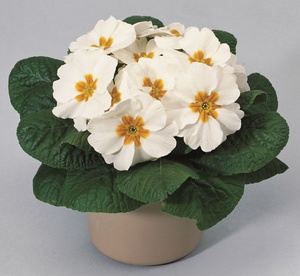 Although primrose is an exotic plant, in our latitudes it can also be successfully grown at home. This requires thoroughly prepare for growing seedlings... You need to choose the right moment for sowing seeds. Although this is not the only way with which you can get hold of beautiful primrose bushes. You can also breed this plant at home by dividing the rhizome.
Although primrose is an exotic plant, in our latitudes it can also be successfully grown at home. This requires thoroughly prepare for growing seedlings... You need to choose the right moment for sowing seeds. Although this is not the only way with which you can get hold of beautiful primrose bushes. You can also breed this plant at home by dividing the rhizome.
However, in each case, they use their own cultivation and care agricultural techniques, therefore, for successful rooting of plants, it is necessary to follow the rules. Subsequently, the plants need to be provided with appropriate care, since the natural conditions for our country can greatly harm and prevent the owner from enjoying the bright flowering of primrose.
